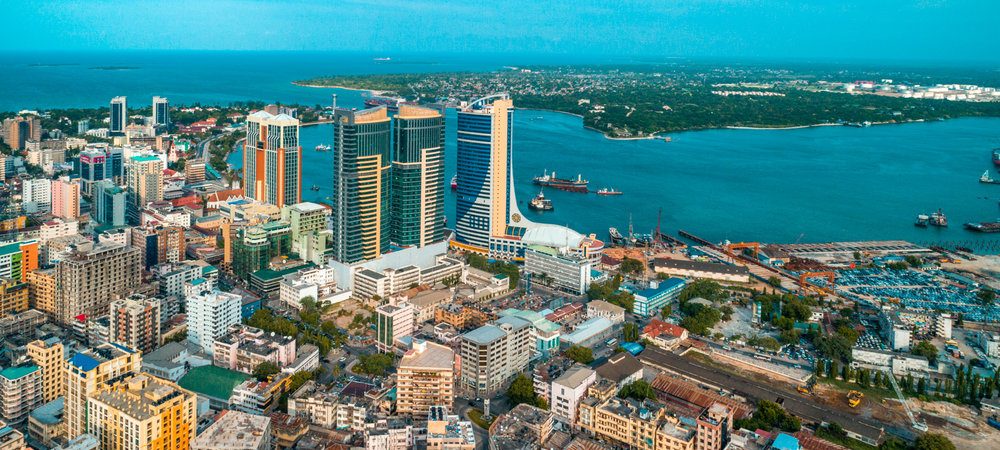- Home
- Switch to electric cars in Tanzania, how much are you saving?
Switch to electric cars in Tanzania, how much are you saving?
Electric vehicles (EVs) in Tanzania are slowly gaining attention as part of the country’s broader strategy to reduce greenhouse gas emissions, promote energy efficiency, and align with sustainable development goals. Tanzania has significant potential for renewable energy, particularly solar, wind, and hydro power, which could support the viability of EVs in the future. However, the adoption of EVs remains limited due to high upfront costs, lack of charging infrastructure, and limited public awareness. Tanzania’s energy infrastructure is improving but still faces challenges, especially in rural areas where access to electricity is limited, making the establishment of a nationwide EV charging network difficult. Urban centers like Dar es Salaam are beginning to develop EV-friendly infrastructure, but the broader infrastructure remains underdeveloped, hindering long-distance travel for EVs. Additionally, the cost of EVs is a barrier for many Tanzanians given the country’s relatively low average income. Despite these challenges, EVs could bring substantial long-term benefits such as reduced fuel and maintenance costs, and positive environmental impacts, particularly with the integration of renewable energy sources into the national grid. Government support through incentives and investment in charging infrastructure could accelerate EV adoption, and as technology improves, the cost of EVs is expected to decrease, making them more accessible. Over time, EVs could play an important role in Tanzania’s sustainable transportation future by reducing dependence on imported fossil fuels and contributing to the country’s environmental and economic development.

| Aspect | Electric Vehicles (EVs) | Gasoline Vehicles |
|---|---|---|
| Energy Efficiency | Over 85% efficiency, meaning most energy is used for propulsion. | Lower efficiency due to heat loss in combustion. |
| Consumption (100 km) | 15 kWh (electricity) | 6 liters (gasoline) |
| Cost per 100 km | $1.77 (15 kWh × $0.118/kWh, Tanzania’s electricity price) | $7.20 (6 liters × $1.20/liter, estimated fuel cost) |
| Annual Cost (15,000 km) | $265.50 | $1,080.00 |
| Annual Cost (25,000 km) | $442.50 | $1,800.00 |
| Annual Cost (30,000 km) | $531.00 | $2,160.00 |
| Annual Cost (50,000 km) | $885.00 | $3,600.00 |
| Annual Cost (70,000 km) | $1,239.00 | $5,040.00 |
| Annual Savings (15,000 km) | $814.50 | – |
| Annual Savings (25,000 km) | $1,357.50 | – |
| Annual Savings (30,000 km) | $1,629.00 | – |
| Annual Savings (50,000 km) | $2,715.00 | – |
| Annual Savings (70,000 km) | $3,801.00 | – |
| Maintenance Costs | Lower: No oil changes, timing belts, or exhaust systems. | Higher: Requires regular oil changes and more mechanical upkeep. |
| CO₂ Emissions | Low emissions potential, depending on Tanzania’s renewable energy mix. | High emissions due to combustion of fossil fuels. |
| Government Incentives | Potential for future incentives as the government develops policies for EV adoption. | No special incentives. |
| Infrastructure Growth | Developing charging networks, especially in cities like Dar es Salaam; rural areas still underdeveloped. | Well-established fuel station network. |
| Energy Security | Reduces dependence on imported fossil fuels if electricity is sourced from renewables. | Dependent on global oil markets and price fluctuations. |
| Technology Evolution | Battery lifespan improving, with expected cost reductions. | Limited innovation in fuel efficiency, with stricter regulations on emissions. |
| Long-Term Viability | Key to Tanzania’s sustainable transportation future, especially with renewable energy. | Facing increasing environmental and regulatory constraints. |

